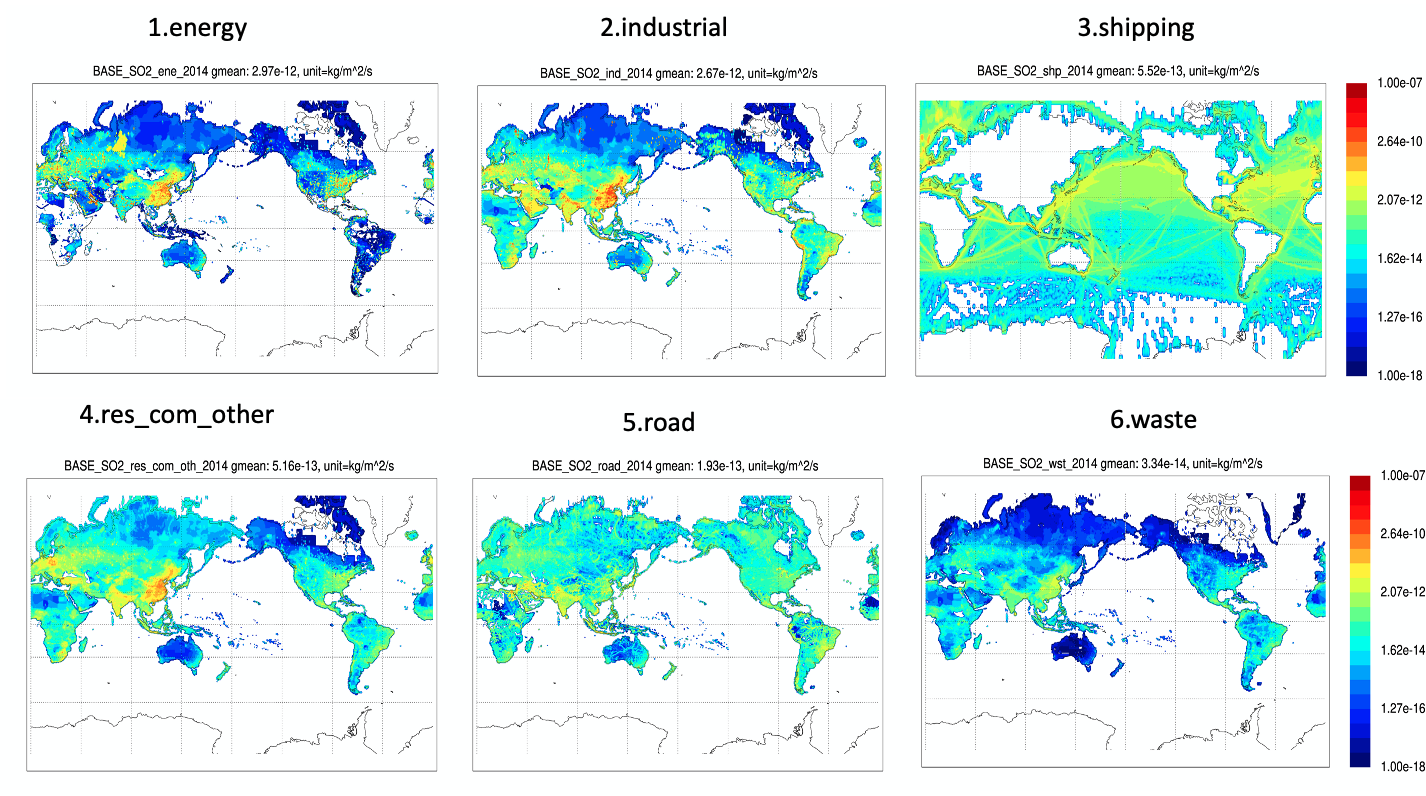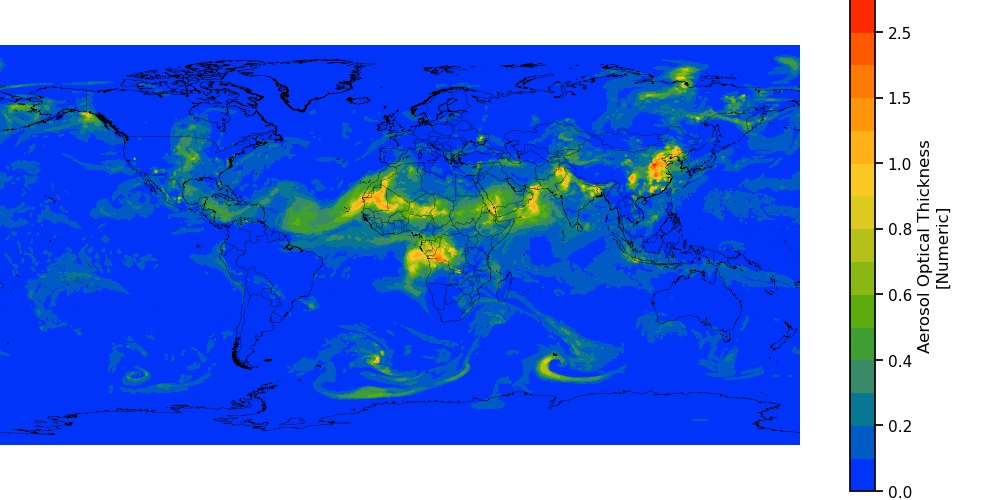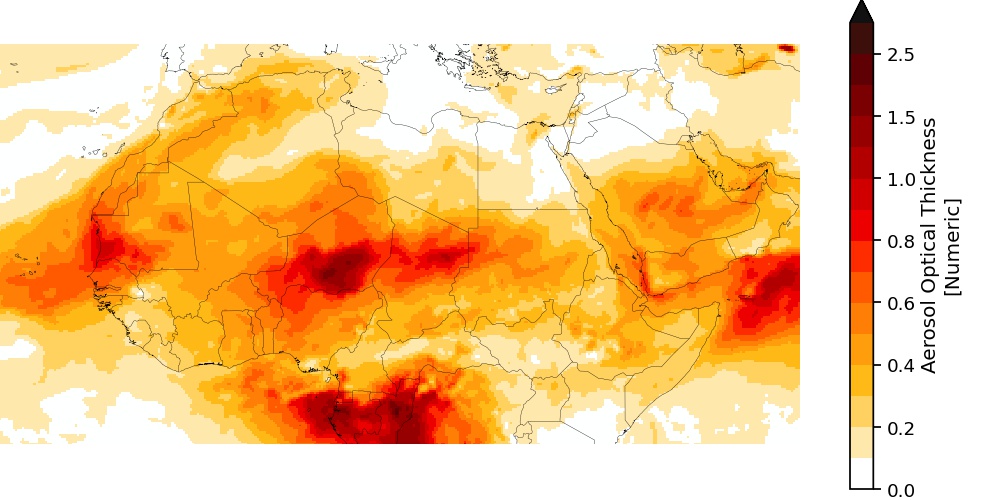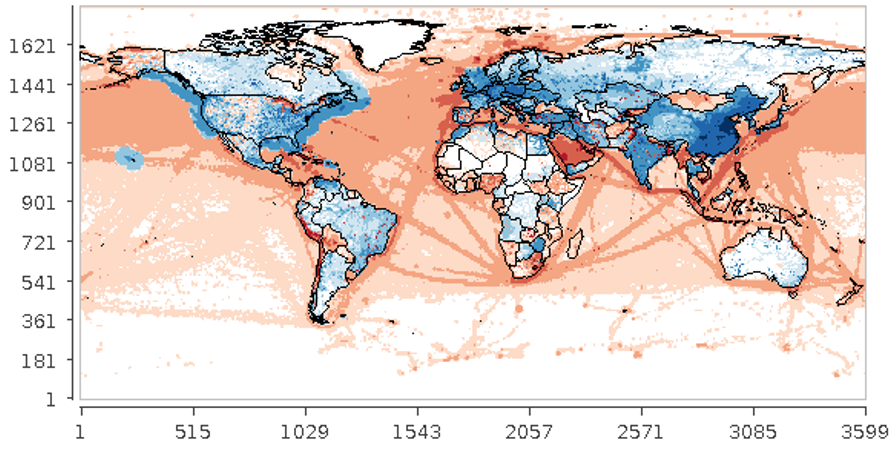Air Quality: Composition and Modeling
Surface-atmosphere exchange is the exchange of water vapor, energy and trace species (including gaseous chemicals and atmospheric particles) between the atmosphere and the Earth’s surface. The energy balance at the surface and vegetative evapotranspiration drive atmospheric dynamics (weather and climate) and are key to understanding the water cycle. Exchange (emission and/or uptake) of trace gaseous species (e. g., methane, nitrogen oxides, biogenic hydrocarbons, carbon dioxide) is critical for understanding various issues in climate, air quality and ecosystem dynamics. Interactions between the physics and chemistry of the atmosphere and the biology and ecology of the biosphere are vital for accurate predictive computational models. Deposition (both wet and dry) of gases and particles is the major removal mechanism for many atmospheric trace species and may alter chemical balances of sensitive ecosystems. These kinds of processes drive much of what happens in the lower atmosphere and thereby affect weather, climate and air quality. Scientists at ARL perform research in surface-atmosphere exchange to better understand how these processes influence the behavior of the atmosphere and affect our daily lives through the weather and climate we experience and the air we breathe.
ARL scientists use the new knowledge gained in surface-atmosphere exchange research to improve computer models employed by NOAA’s National Weather Service (NWS) to forecast air pollution episodes over the entire U. S. As of 2021, the NWS’s National Air Quality Forecasting Capability (NAQFC) provides 72 hour forecasts of surface ozone and atmospheric fine particles (PM2.5). Exposure to high concentrations of PM2.5 has been linked to numerous health problems including asthma and cardiovascular disease. Accurate air quality forecasts enable communities to take actions that may reduce the severity of episodes (e.g., encourage people to telecommute or take mass transit vehicles rather than personal automobiles). These predictions also allow individuals to take protective actions (such as limiting outdoor exercise or just staying indoors) to minimize their own exposure to poor air quality. The research done by ARL scientists to increase understanding of surface-atmosphere exchange is motivated by the need to improve the simulation of these processes in the large-scale air quality models used by the NAQFC to generate these forecasts.
ARL researchers also are key contributors to NOAA’s new effort to create a Unified Forecast System (UFS), which is an effort of the NWS to streamline its operational forecast models. In the UFS the NWS is moving towards the incorporation of online prognostic aerosol predictions in its atmospheric models. Over the past four years, participants in the MER-S2S Aerosol and Atmospheric Composition (AAC) sub-project from ARL, Chemical Sciences Laboratory (CSL) and Global Systems Laboratory (GSL) developed a substantially improved 5-day aerosol prediction in the GEFS v12-Aerosol member, demonstrating a successful R2O transition. ARL is involved in continuing work to incorporate simulation of atmospheric aerosols in the subseasonal-to-seasonal (S2S) system targeted for global subseasonal prediction in GEFS v13.
Emissions of trace gases and primary aerosols are a critical component of the global aerosol model mentioned above and are often the most important component to ensure accurate predictions of trace species distributions. Developing these emissions inputs to AAC models is often a laborious, time-consuming process, especially to ensure that the datasets are suitable for a range of spatial scales and applications. As new emissions inventories and emissions modeling algorithms are developed, it is critical to have a comprehensive and adaptable system that can readily ingest and process these new advances to provide NOAA’s AAC models with state-of-the-science emissions inputs. In the UFS project, ARL is developing an emissions processing system, referred to as the NOAA Emissions and eXchange Unified System (NEXUS), that will provide emissions for the new global aerosol-aware model (GEFS v13) being developed in the UFS S2S project. This will ultimately provide aerosol-aware weather forecasts weeks in advance and potentially provide guidance on upcoming seasonal tendencies.
An important component of emissions on the global scale is windblown dust. Dust is a major component of airborne aerosols, contributing approximately one third of aerosol loading in the global atmosphere. Suspended in the atmosphere, dust aerosol directly affects incoming solar radiation through scattering and absorption. Dust also indirectly alters the atmospheric radiation budget by altering cloud microphysical processes, thereby changing the amount and optical properties of clouds. Because of these important effects, estimating dust emissions is critical for accurate forecasts of global aerosol distribution and its long-range weather impacts. Over the past several years, ARL has developed a dust emission parameterization, called FENGSHA, which estimates windblown dust emissions in both regional and global atmospheric composition models. FENGSHA is currently employed operationally in both the NAQFC and in GEFS v12 and is being implemented in the UFS-Aerosol component of the UFS S2S project and will be part of the fully coupled GEFS v13.





